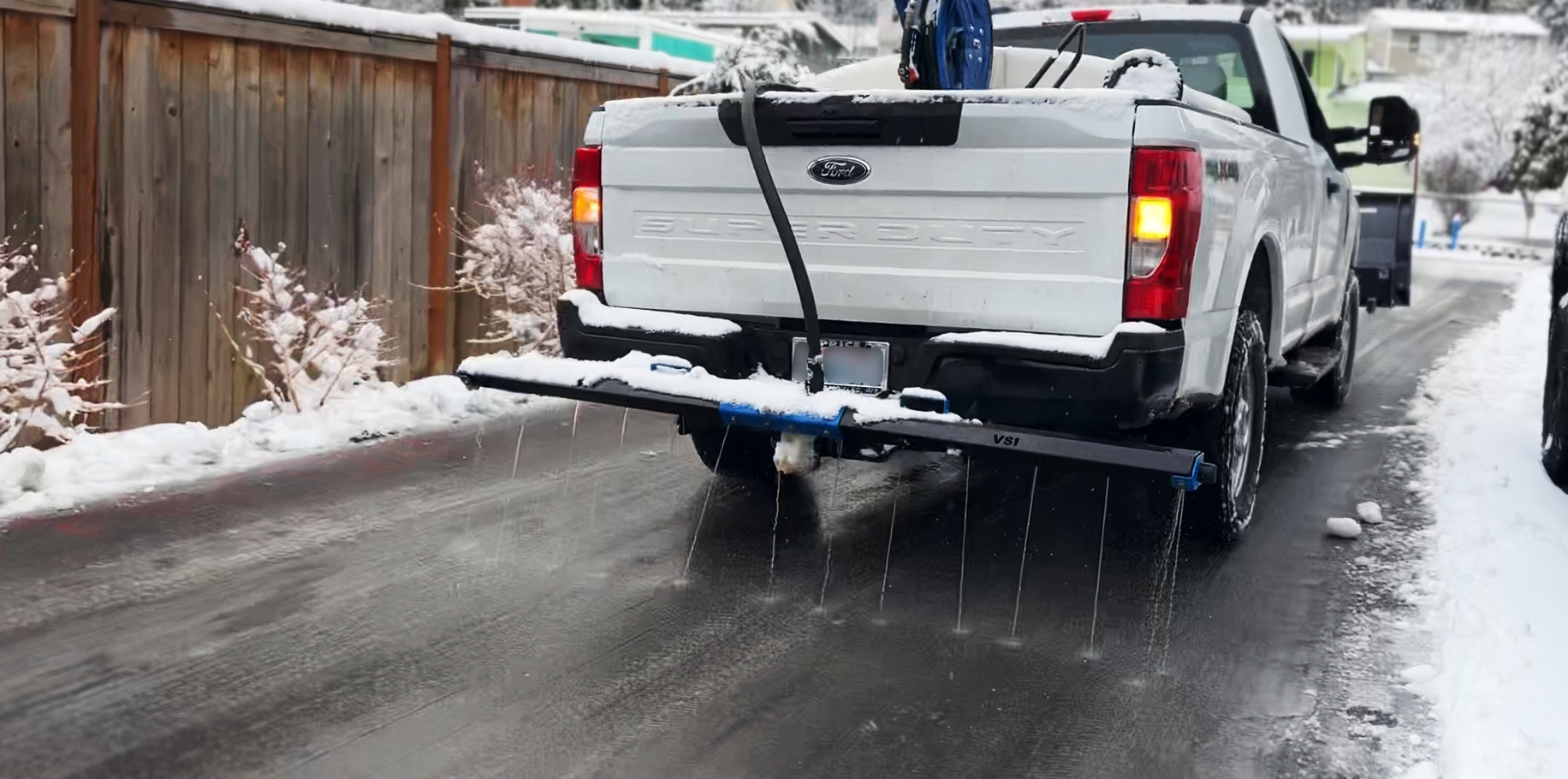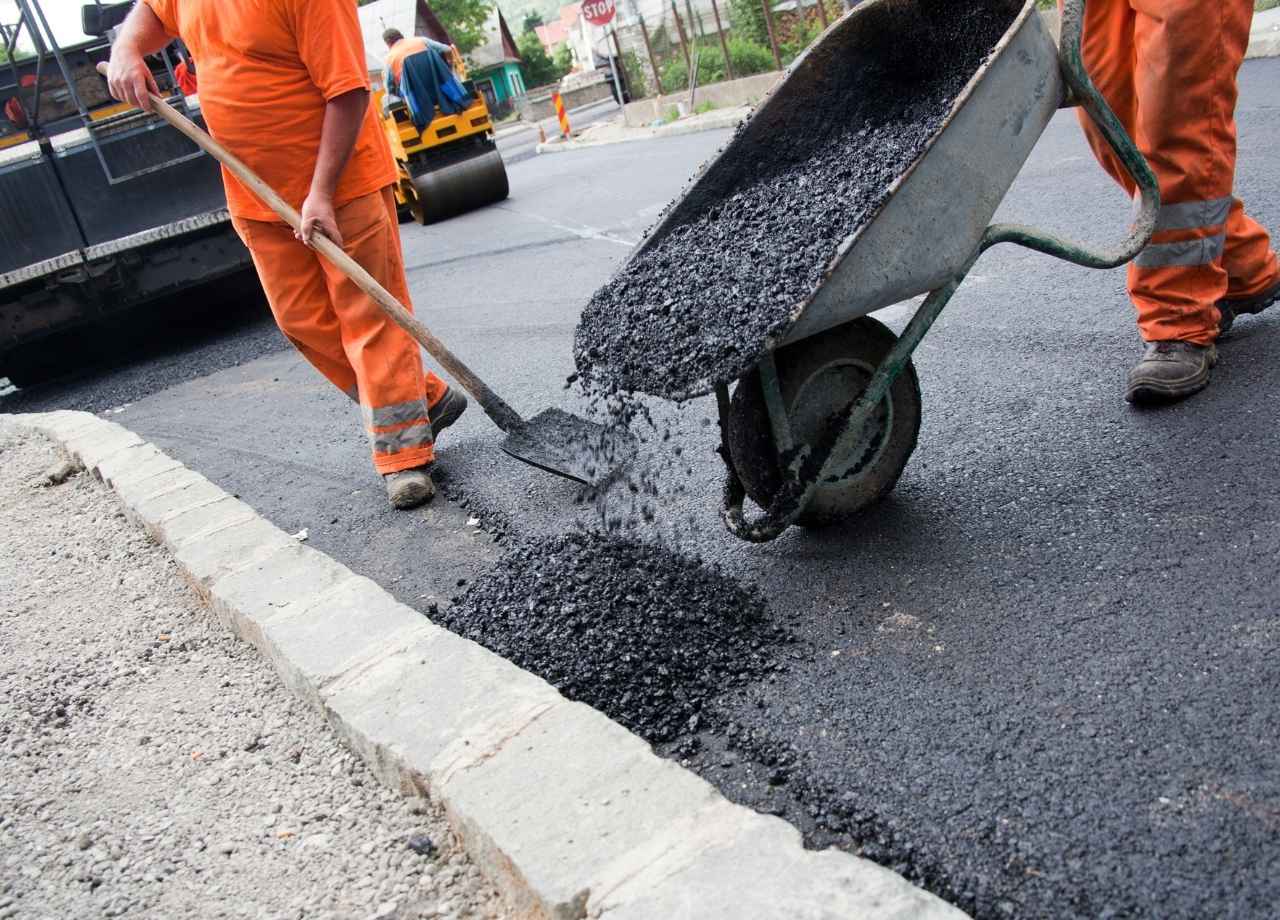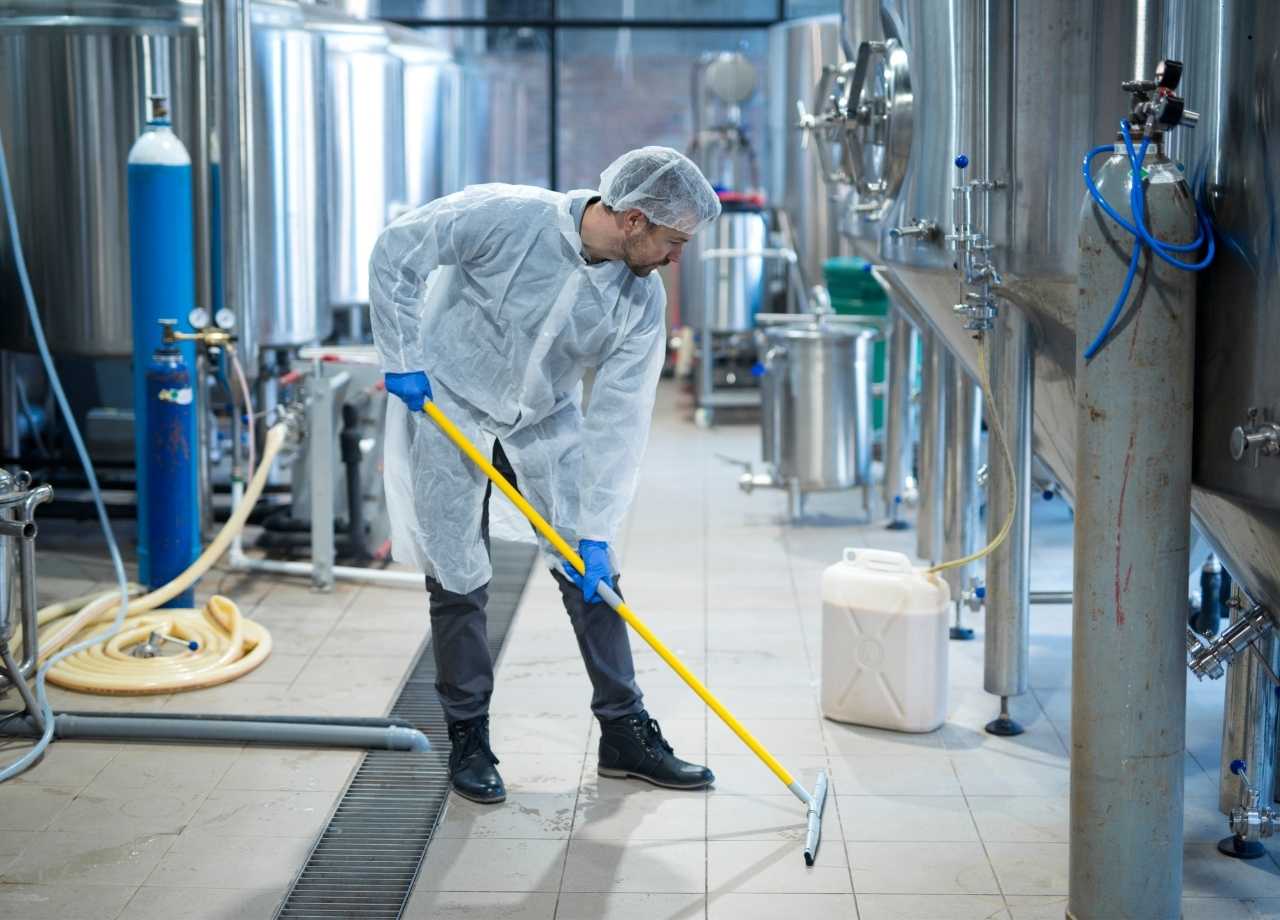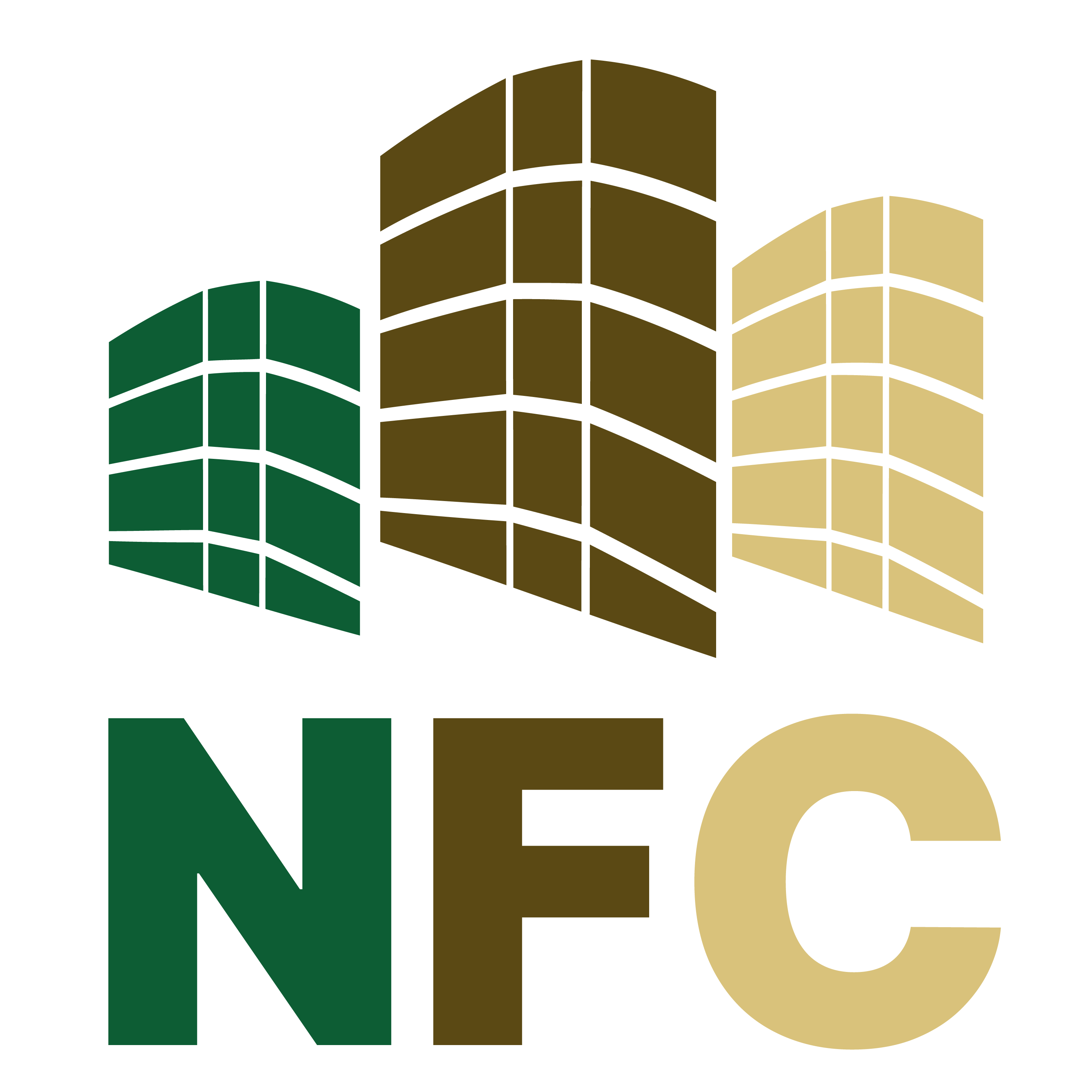Entering a controlled facility feels different. The air often carries a certain stillness, the surfaces gleam under strict lighting, and even the movement of staff has a deliberate rhythm. Those impressions don’t happen by accident—they are the product of exact cleaning protocols that leave nothing to chance.
I once visited a pharmaceutical cleanroom during a scheduled maintenance window. The team moved like clockwork, but the silence was telling. No chatter, no wasted steps, no improvisation. Every task had been mapped out to match not only company standards but also regulatory expectations. That visit cemented something in my mind: cleaning in these environments is less about removing visible dirt and more about controlling the invisible.
Contamination Control as the Primary Goal
In most facilities, dirt is the enemy of aesthetics or basic hygiene. In controlled environments, dirt can mean ruined batches, compromised data, or failed safety checks. Contamination can be microbial, particulate, or chemical in nature, and cleaning protocols are engineered to target each risk.
Take particulate control. Staff often wear garments that minimize shedding—hoods, gloves, and suits that reduce the release of fibers or skin cells. Surfaces are cleaned using lint-free cloths and vacuum systems fitted with HEPA filters. Even the type of motion used matters; wiping in one direction instead of back-and-forth reduces the chance of redistributing particles.
The real issue isn’t just visible dirt but the consequences of failure. A pharmaceutical facility risks millions of dollars in lost product if contamination invalidates a batch. A semiconductor plant may face weeks of downtime if microscopic particles compromise chips. These are not housekeeping issues—they are business continuity issues.
The Role of Pre-Defined Schedules
A controlled facility doesn’t wait for a mess to appear. Cleaning tasks are carried out at set intervals—sometimes hourly, sometimes daily, sometimes between each operational cycle. Schedules differ based on the classification of the room, with higher-grade environments requiring more frequent attention.
I remember watching a technician in a semiconductor lab check off tasks on a laminated sheet. The sheet wasn’t there for convenience; it was a record that could be audited months later. That habit prevents guesswork and ensures compliance with both internal policy and external regulation.
Pre-defined schedules also protect against one of the biggest risks: human error. Without documented frequency and checklists, teams are more likely to overlook tasks or interpret responsibilities differently. The cost of a missed step could be regulatory fines, failed inspections, or full-scale shutdowns.
Selection of Cleaning Agents
Choosing a cleaning agent in a controlled environment isn’t as simple as picking a disinfectant from the supply closet. The chemical must be effective against likely contaminants but also compatible with surfaces and equipment. Residues can be as damaging as the contaminants they’re meant to remove.
Alcohol-based solutions are common for quick surface disinfection, but they are often rotated with quaternary ammonium compounds or other agents to reduce the risk of microbial resistance. Rotation also helps maintain efficacy over time. Every bottle is logged, labeled with a preparation date, and often used within a strict time window to guarantee potency.
The wrong choice here doesn’t just affect cleanliness—it can erode equipment, contaminate sensitive materials, or create safety hazards for staff. That is why validation and recordkeeping around cleaning agents matter as much as the cleaning itself.
Equipment and Tool Management
One overlooked detail in controlled facility cleaning is the segregation of tools. Mops, buckets, and cloths assigned to one zone cannot be used in another. Color-coding systems make this easier—blue for one grade of room, green for another. Cross-contamination risk drops sharply when tools never leave their assigned area.
Specialized mop heads with flat profiles are common because they allow uniform contact with floors and minimize streaking or residue. Tools are often cleaned themselves between uses, meaning there’s a cleaning protocol for the cleaning equipment.
This discipline may appear minor, but poor tool management is one of the fastest ways cross-contamination spreads. A single mop used across two different classifications of space can undo hours of validated work.
Documentation and Validation
Every cleaning task in a controlled facility leaves a paper or digital trail. It’s not just bureaucracy—it’s proof that standards are being met consistently. Documentation includes who performed the cleaning, what was cleaned, the agents used, and the time of completion.
In some facilities, cleaning is validated using surface swabs or particle counters. A colleague once showed me a graph of airborne particle counts before and after a full clean; the drop was dramatic and served as both a training tool and a compliance record.
Documentation and validation provide two critical protections:
- Proof during regulatory audits that procedures are followed without exception.
- Internal accountability that helps managers catch weaknesses before they become compliance violations.
Without this, organizations leave themselves vulnerable to costly inspection failures.
Staff Training and Habits
You can hand someone the best tools and chemicals, but without training, the results will be unreliable. Training in these environments covers correct wiping techniques, order of operations, handling of cleaning agents, and proper gowning.

Habits also matter. Staff learn to keep movements slow to reduce particle disturbance, to approach surfaces in a top-to-bottom sequence, and to replace cleaning materials frequently. In one biotech facility, workers practiced simulated cleaning on mock surfaces before ever touching real production areas.
Well-trained staff are often the difference between a spotless audit and a catastrophic failure. Controlled facility cleaning isn’t intuitive—it requires discipline that only comes from repetitive, structured training.
Gowning Procedures Linked to Cleaning
Cleaning doesn’t stop at surfaces and floors—it extends to the people entering the space. Gowning areas are often the first barrier to contamination. If someone enters with improperly worn garments, no cleaning effort can fully compensate.
The process might involve multiple gowning stages: changing into facility-only garments, donning shoe covers, applying gloves, and wearing a hood or mask. Each stage is designed to trap contaminants before they reach the critical zones.
The smallest mistake, such as a glove not covering the wrist or a hood not fully secured, can undermine an entire cleaning cycle. That is why gowning protocols are as strict as surface cleaning protocols.
Environmental Monitoring Connection
Cleaning is only effective if it produces measurable results. Environmental monitoring programs track microbial counts, particle levels, and surface cleanliness. Data trends can highlight whether a cleaning method is losing effectiveness or if a new contaminant source has emerged.
Some facilities adjust their cleaning protocols based on this data. If a particular area repeatedly shows higher particle counts, staff may change cleaning frequency, alter wiping techniques, or switch agents.
This connection between cleaning and measurable data provides ongoing assurance. It also creates a safety net for organizations facing increasingly rigorous regulatory scrutiny.
Emergency Cleaning Procedures
Spills, equipment failures, or contamination events require immediate response outside normal schedules. These protocols are written in advance, so staff can act without hesitation.
I once observed a rapid clean following a filter breach in a cleanroom. The team donned additional PPE, isolated the affected zone, and followed a high-intensity clean sequence using validated agents. The goal was to return the room to operational status without compromising safety or quality.
Emergency cleaning procedures are not just about speed but about ensuring the process is still validated, documented, and repeatable.
Adapting to Different Facility Types
While the principles remain consistent, cleaning protocols vary across industries. A hospital operating theater may focus heavily on antimicrobial control, while an electronics cleanroom emphasizes particulate reduction. Food production facilities face risks related to allergens and microbial contamination, prompting frequent washdowns with food-safe agents.
Each environment builds its cleaning program around the specific threats it faces, but all share one thing: a commitment to repeatable, validated processes that leave little to chance.
Why Protocol Discipline Matters
Strict adherence to cleaning protocols isn’t about avoiding regulatory penalties—though that matters—it’s about protecting the integrity of work done in the space. A single lapse can undo weeks of effort, whether that means losing a drug batch, damaging a sensitive microchip, or introducing allergens into a food product.
At National Facility Contractors, we help organizations create and implement controlled facility cleaning programs that not only meet compliance standards but also safeguard productivity, reduce downtime risk, and protect business continuity.
I once spoke with a facility manager who said that cleaning discipline was a mindset, not just a checklist. “You can’t fake it,” he told me. “Either everyone buys into it, or the system falls apart.” His point was clear: protocols work only when they’re treated as non-negotiable.







